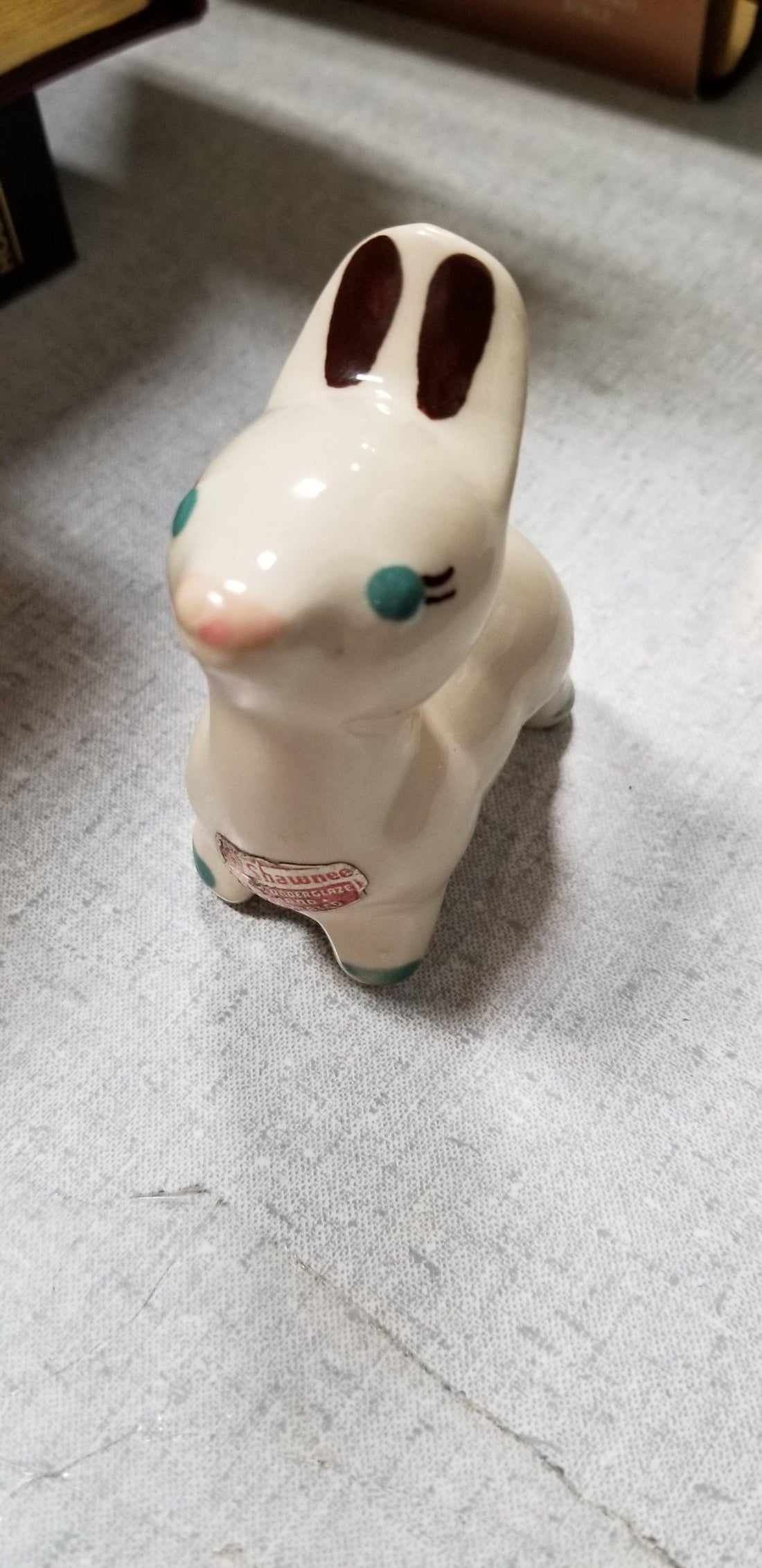TERMINOLOGY ASPECTS OF POTTERY - GRANNIES GARAGE
Jean Martineau
Share
I've had a number of questions on the terminology used to describe certain aspects of pottery. I hope you find this useful.
COLD PAINT
Oil paint that is applied over the glaze for decorative purposes after the final firing. As it is not protected by the glaze, it is susceptible to chipping and wear. Water will damage cold paint.



CRACKLE FINISH
A fine network of cracks or crazing deliberately produced in a glaze to give it an antiqued appearance. The cracks are often accentuated by staining. Often used on reproduction pieces to fake aging.


CRAZING
Unintentional cracking of the glaze caused by unequal shrinkage of the clay body and the glaze due to the tension in cooling or delayed expansion of the body. Crazed pieces are generally rejected at the factory, but exposure to heat and/or moisture can cause crazing at a later time.



DECAL
A transfer decoration, sometimes one or two colors, sometimes multicolored, which is printed on special emulsion-coated paper and then coated with plastic film. When ready to use, the plastic is peeled off with the decoration adhering to it and applied to the ware. In firing, the plastic burns away and the printed decoration melts into the glaze.
DRY-FOOT
Ware with no glaze on the foot, the surface that actually touches the table.



FIRING
Process of heat treatment of ceramic products for the purpose of securing resistance and permanency, hardening and strengthening of the product. Firing is also known as bisque firing, gloss firing and decoration firing.
FOOT
Base of a piece of ware.
GLAZE
A thin layer of special glass used as a coating for biscuit. It may be clear, colored or opaque, or contain crystals that will melt and harden on the surface of a clay body during the gloss firing process. Its purpose is to make the porous body nonporous, to secure greater permanency and to beautify an object.
KILN
Early commercial kilns were shaped like beehives or bottles and were named according to their shape. In the 1920' s tunnel kilns were developed, in which ware was fired by being carried through on flat cars that moved very slowly. Modem kilns move ware by a conveyor system in a matter of hours.
OVENWARE
Ware that can withstand the heat of an oven without being damaged and then can be used to serve the food that has been cooking in it. Usually categorized with Kitchenware.
SECONDS
Ware with imperfections from the manufacturing process that do not affect the usefulness of the piece. Depending on the extent of the imperfections, they could be sent either to a reclaim department, to an outlet for sale or to an outside decorator.
STILT
A three-pronged fire-clay support used under ware that is being fired.
STILT MARKS
Three marks left in the bottom of a glazed piece from the stilt
UNDERGLAZE
Decoration on the body, later covered with transparent glaze. 

Airbrush 
Article and Picture Source: Sanford's Guide To McCoy Pottery by Martha & Steve Sanford
